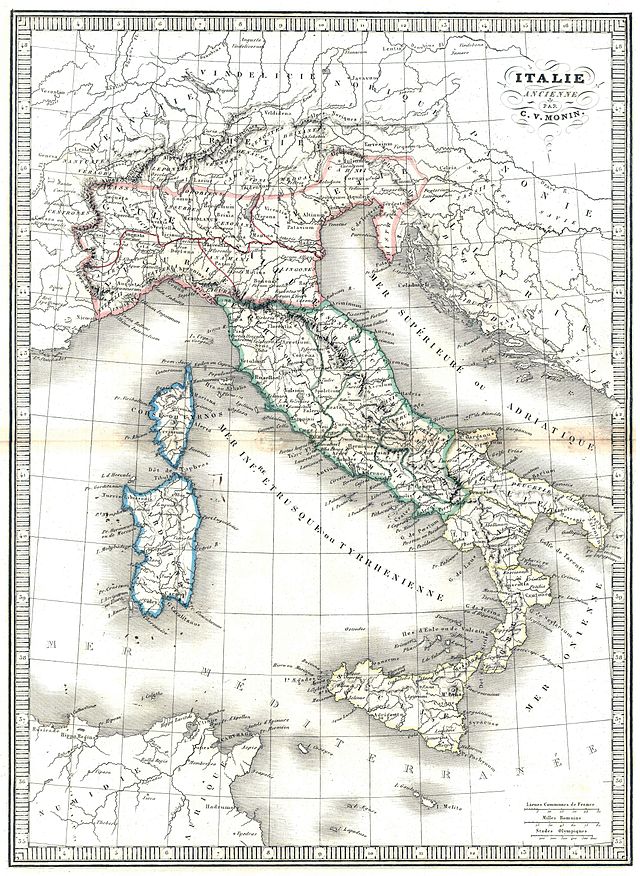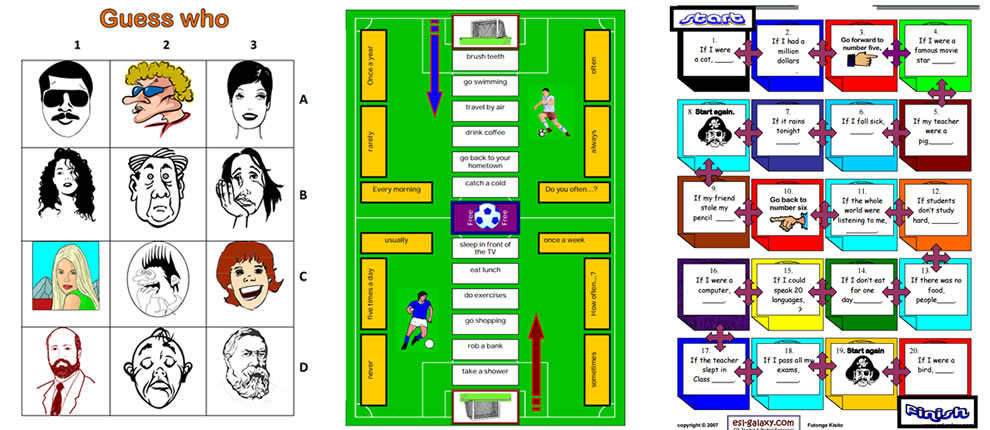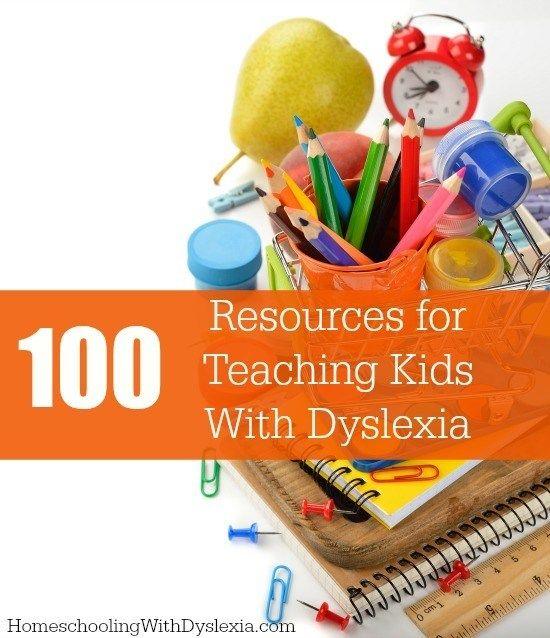Primary or nursery Italian school requires several teaching resources to aid students develop and learn. Here are a few examples of the materials which may be required: Textbooks and workbooks: These are essential for teaching core subjects such as Italian language, mathematics as well as science and social studies.
Craft and art supplies This could include paper pencils, crayons, pencils markers, paint, brushes, and other supplies for students to use in imaginative projects.
Manipulatives: Using manipulatives like puzzles, blocks, or games can help students develop their skills in problem-solving as well as critical thinking.
Education technology: Computers (tablets, etc.) and other technology can help students learn and provide them with extra resources.
Visual aids: Posters and maps, charts and other visual aids are helpful to help students understand and retain important concepts.
Books: A wide selection of books that are age-appropriate in Italian will encourage reading of Italian and also the development of the language.
Instruments for music are a fantastic way to introduce rhythms and music.
Safety materials: Fire extinguishers, first aid kits, as well as emergency procedure posters will ensure the safety of both the students as well as staff.
Sports equipment: You can make use of cones, balls, or other equipment to play outdoors and for physical education.
Italian elementary and nursery school teachers require a broad range of teaching material to provide a stimulating and fun environment for their students. Read the top sostegno scuola primaria for website advice.

What English educational cards should be used in Italian nurseries?
English didactic cards can be a useful tool for introducing youngsters in Italian nursery schools to the English language. You may want to consider using the following kinds of English-language instructional cards: Alphabet Card: Alphabets can aid children in learning the English alphabet and the sounds. To make the learning process more engaging, they can contain illustrations of animals or objects that begin with each alphabet letter.
Vocabulary-cards: Vocabulary card can assist children in understanding common English words and their significance. These cards can feature images or photos of objects, animals, or people, along with the appropriate English word written on the card.
Cards for sight words: These cards are designed to help children become familiar with the most common English words. They can also be used in teaching children to read and speak. These cards feature simple phrases and sentences, that are highlighted with the words in the same order.
Phonics cards can be a fantastic method to teach children the relation between English sounds and letters. They can include pictures of objects or words that have the phonetic sound written underneath.
Conversation cards: Conversation cards help children practice their English language skills by having conversations with their parents and friends. These cards can feature easy questions or prompts to help children share their thoughts and ideas.
Choose English didactic cards for children that are engaging and age-appropriate. Teachers and caregivers can to utilize these cards for enjoyable, interactive English games for language that can stimulate the children's fascination and enthusiasm. Have a look at the most popular schede didattiche inglese sostegno for more advice.
What Kind Of Science Materials Are Required By Italian Schools To Enhance Their Instruction?
The use of science-based teaching materials in Italian nurseries is an excellent way to encourage young youngsters to investigate and learn about what's around them. Here are some examples of materials to teach science support that may be needed curriculum and lesson plans A well-planned plan of instruction and curriculum that integrate scientific concepts will make sure that children are exposed various scientific concepts and techniques.
Visual and manipulative aids Visual aids such as posters diagrams, and natural specimens as well as simple science experiment kits as well as magnifying lenses can help students learn about scientific concepts by doing the work themselves.
Books and videos. Videos and books that are based on topics like weather and animals, plants and even space, can offer children more resources and help them learn.
Outdoor learning spaces: Gardens and playgrounds, for instance, can be used to provide children with opportunities to explore and discover the nature around them.
Engage parents in the process of learning Engaging parents in the process of learning can help reinforce concepts learned in the nursery. It also encourages family engagement.
Assessment tools. These tools assist teachers and caregivers track the progress of their students and determine areas that require additional attention.
It is crucial that the tools used in science instruction are suitable for the age of the child. Teachers and caregivers can make use of these materials to create fun and interactive science projects that promote children's curiosity and passion for learning. Have a look at the recommended schede didattiche scienze sostegno for more recommendations.

What Kind Of Geography Books Are Appropriate For Italian Kindergartens?
In Italian nurseries, geography-related teaching materials are used to help children learn about the world and different cultures. Here are some examples of geography teaching material that might be required: Maps. They can help students learn about the geographical and geographic features of various countries and regions and the locations of natural landmarks.
Globes: Globes enable children to learn about the continents, oceans, and other aspects of the Earth.
Pictures and videos Images and videos from different places and cultures can help children learn about the global diversity and gain an appreciation for the different ways of living.
Books: Age-appropriate books that feature various locations and cultures can encourage children to become interested in geography.
Natural materials can aid children learn about various ecosystems.
Field trips: A field trip to local parks, museums, zoos and zoos can give children a hands-on experience and an opportunity to learn geography in a real-world context.
It is crucial to select geography-related teaching materials that are age-appropriate and culturally sensitive. These materials can help teachers and parents create interesting and engaging geography activities for children that encourage their curiosity and passion for exploring the world. Check out the top materiale didattico geografia for site advice.
